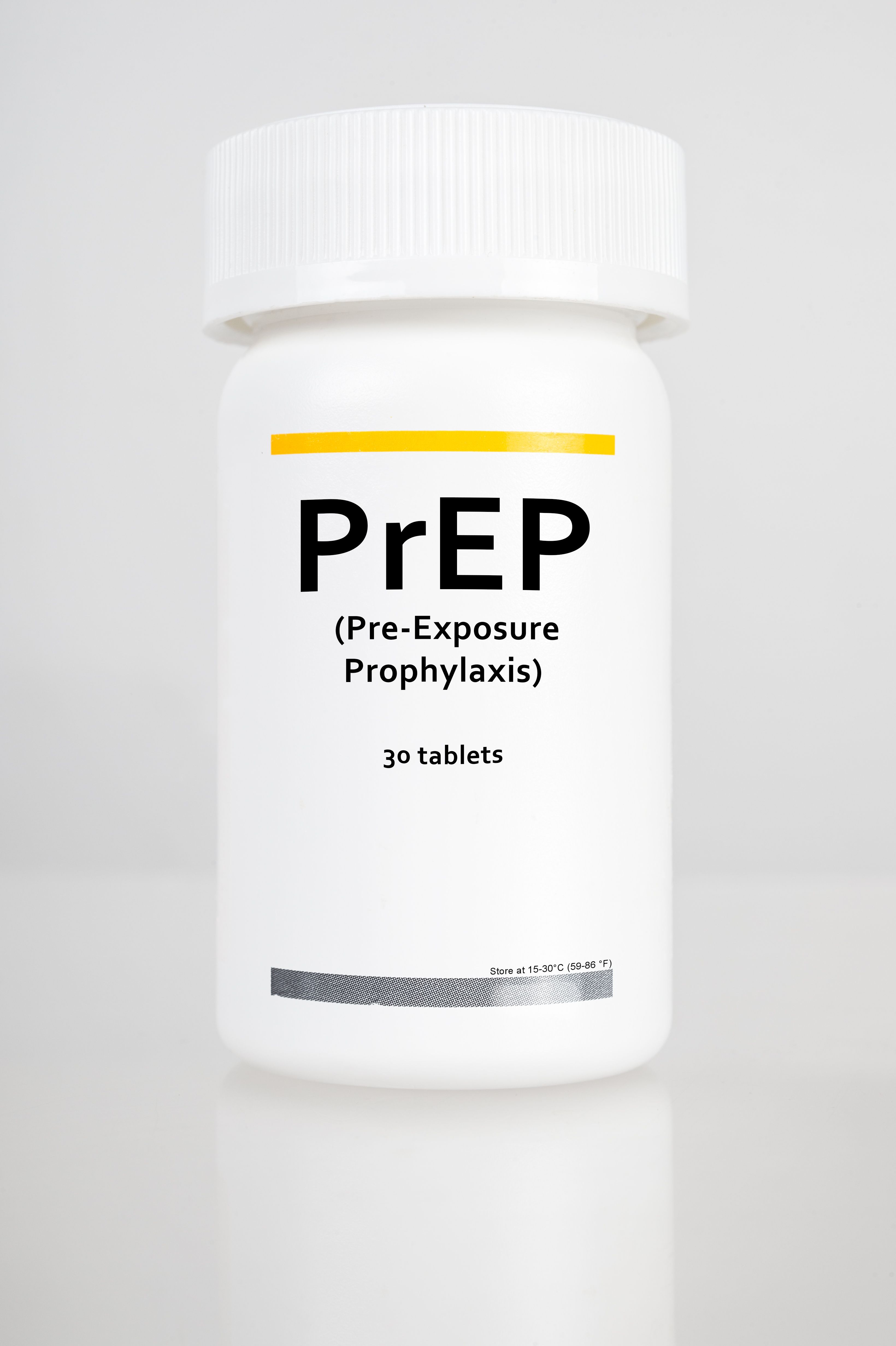- Center on Health Equity & Access
- Clinical
- Health Care Cost
- Health Care Delivery
- Insurance
- Policy
- Technology
- Value-Based Care
MSM Would Prefer Injectable, Long-Acting PrEP Over Daily Pill
Men who have sex with men (MSM) who are HIV-negative reported interest in an injectable pre-exposure prophylaxis (PrEP) that lasted longer than the daily pill, regardless of cost or coverage.
In its current state, pre-exposure prophylaxis (PrEP) must be taken in oral doses daily to receive its full effects. However, patients who would benefit from PrEP the most would be interested in injectable PrEP that are more long-lasting, according to a study published in BMJ Open.1 This interest persisted regardless of cost and coverage of such medication.
The FDA approved PrEP for MSM in 2012 for the protection against HIV infection in the vulnerable group.2 However, uptake is low in the United States, with only 25% of the population who are recommended PrEP actively taking it. Injectable PrEP, including a form approved by the FDA in 2021,3 has been developed to improve adherence.
In a 2022 interview4 with The American Journal of Managed Care®, Tam C. Phan, PharmD, AAHIVP, assistant professor of clinical pharmacy, USC School of Pharmacy, explained that injectables make PrEP more accessible and easier to adhere to because patients don't need treatment as frequently. In addition, this can help reduce health disparities for the population most impacted: Black gay men and transgender women.
This study aimed to assess how willing MSM would be to take each of daily oral (DO) medication vs long-acting PrEP (LA-PrEP) by using a discrete choice experiment (DCE).
Pre-exposure Prophylaxis | Image credit: mbruxelle - stock.adobe.com

The 2020 American Men’s Internet Survey was used for the data in this study. All data were from October 2020 to January 2021. All participants were recruited online and lived in the United States. All participants needed to be aged 15 years and older, were assigned male sex at birth and identified as men, and had reported being gay, bisexual, or having a sexual encounter with a man in the previous 12 months. Participants who were aged less than 18 years could participate in the study if they reported being either gay or bisexual even if they had not had a sexual experience with a man. MSM who reported themselves as being HIV were randomly selected for the DCE.
The primary outcome was collecting the preferences for each of LA-PrEP from all participants. All participants were given hypothetical descriptions of LA-PrEP options and asked to choose which they preferred or if they preferred neither. The secondary outcome was to determine whether participants preferred LA-PrEP to DO. All sociodemographic characteristics were collected from each participant, including age, race, ethnicity, and urbanicity.
There were 2506 participants in this study. The participants were primarily White and between the ages of 15 and 39 years. Most respondents had either attended some college or had a college degree and 80% lived in urban areas. A total of 83% of the participants had never used oral PrEP, but 53% of those reported being willing to take it.
Nearly two-thirds of the participants were willing to use LA-PrEP (60%) even though only 20% of them had heard of it. A total of 22% responded that they were either somewhat unlikely or very unlikely to take LA-PrEP. When asked to choose between LA-PrEP, DO, or neither, 74% chose LA-PrEP compared with 15% who chose DO.
The participants who chose LA-PrEP were more often younger, Black/African American, Hispanic, and had private insurance. LA-PrEP was also more popular in participants who reported recent condomless sex, having both a main and casual sexual partner, willing to use DO PrEP, and having a previous sexually transmitted infection diagnosis.
Participants were less likely to approve of a treatment that caused a rash or pain when compared with a side effect of a headache. Participants were also less likely to choose a medication that cost more. Participants also favored 2 hours for total treatment time compared with 1 hour but 3 hours was primarily unpopular. Average opt-out of either LA-PrEP option was –0.787, which indicated that participants preferred LA-PrEP compared with none. Participants were more likely to prefer LA-PreP vs no LA-PrEP if they were Hispanic/Latino, aged younger than 40 years, and had a college education. However, those who had no insurance, were of racial minority groups, or had only 1 partner reported preferring no LA-PrEP.
There were some limitations to this study. People without internet access could not participate in this study, which likely led to those of higher socioeconomic status to participate and limited generalizability. Racial minorities were underrepresented in this study, which is notable due to the increased burden of HIV in these ethnic groups. The FDA approved a an injectable form of PrEP after the data were collected, which led to a lower amount of knowledge about the medication. All questions in the DCE were developed through literature rather than discussions with patients who identified as MSM.
The researchers concluded that there is a willingness in MSM to take LA-PrEP but barriers to its uptake, including individual preference and access to the medication, could be detrimental to increasing uptake of PrEP in this demographic. Increasing PrEP uptake will need evaluation for each individual on their preference for the medication.
References
- Cole SW, Glick JL, Campoamor NB, et al. Willingness and preferences for long-acting injectable PrEP among US men who have sex with men: a discrete choice experiment. BMJ Open. 2024:14:e083837. doi:10.1136/bmjopen-2023-083837
- CDC statement on FDA approval of drug for HIV prevention. CDC. News release. July 16, 2012. Accessed April 25, 2024. https://www.cdc.gov/nchhstp/newsroom/2012/fda-approvesdrugstatement.html
- AJMC® Staff. FDA approves long-acting, injectable cabotegravir to prevent HIV. The American Journal of Managed Care. December 24, 2021. Accessed April 24, 2024. https://www.ajmc.com/view/fda-approves-long-acting-injectable-cabotegravir-to-prevent-hiv
- Klein HE. Long-acting injectables promote PrEP access, adherence, says Dr Tam Phan. The American Journal of Managed Care. November 22, 2022. Accessed April 25, 2024. https://www.ajmc.com/view/long-acting-injectables-promote-prep-access-adherence-says-dr-tam-phan
